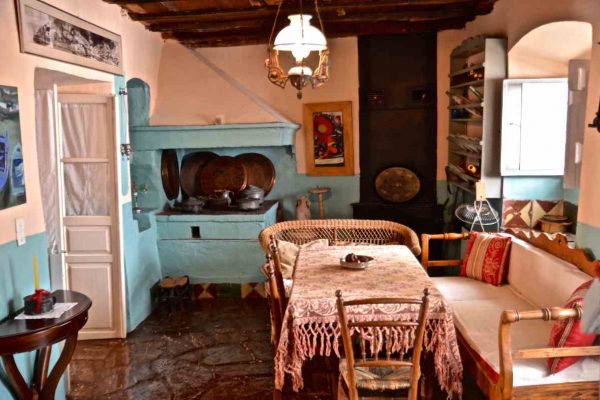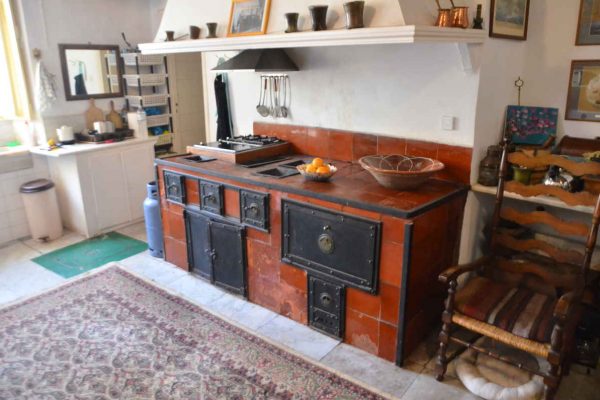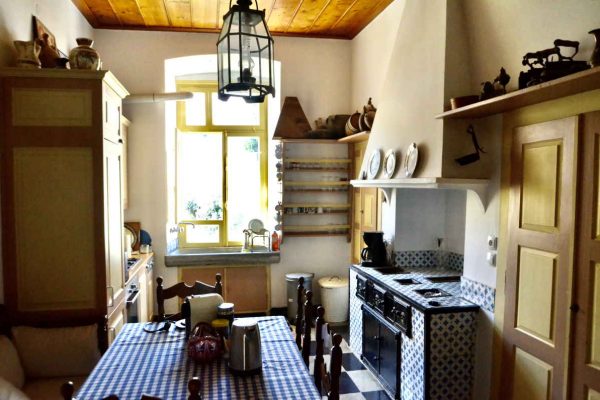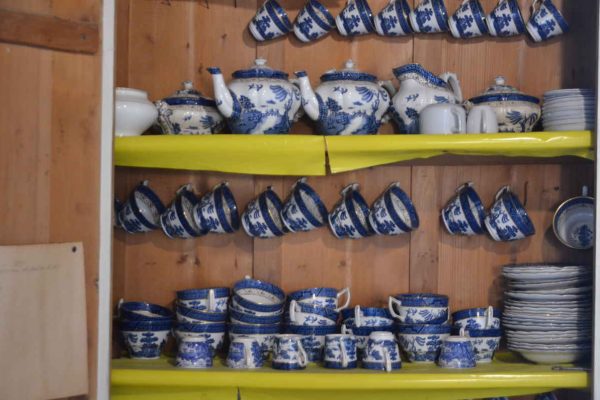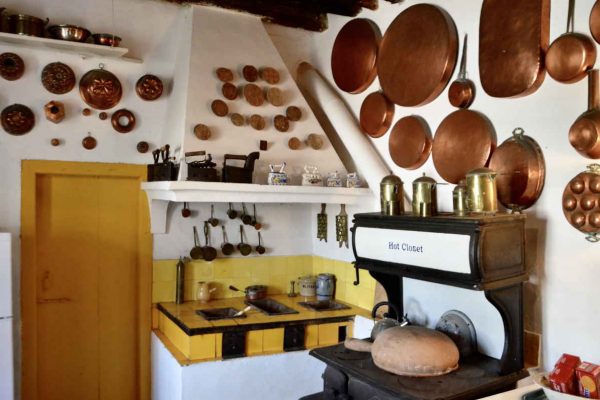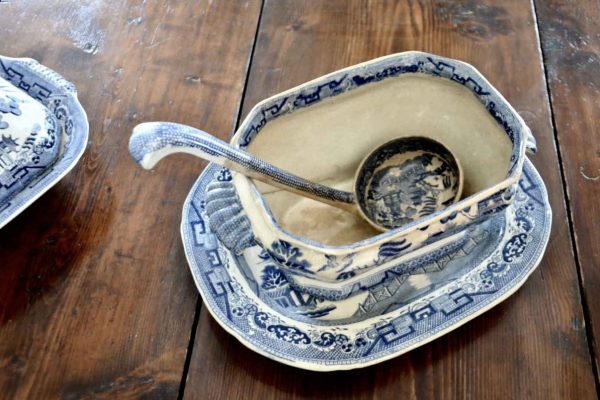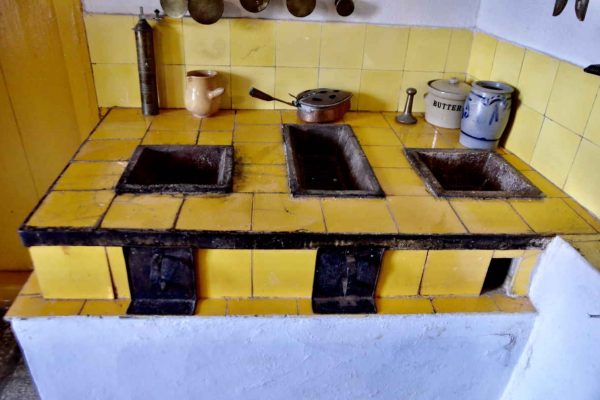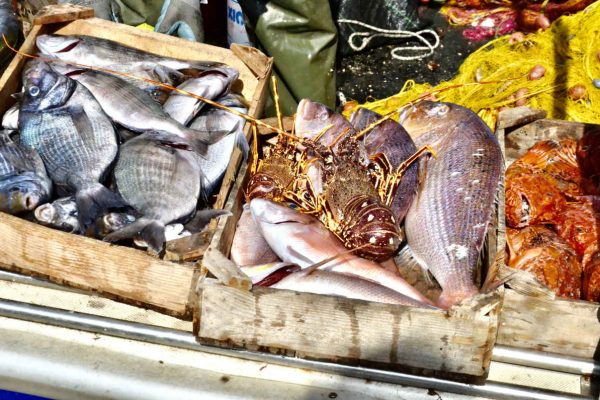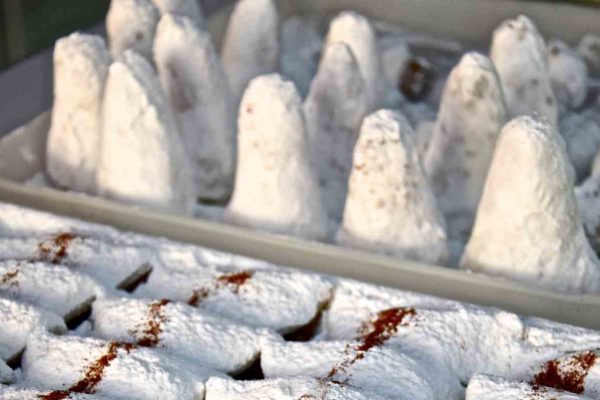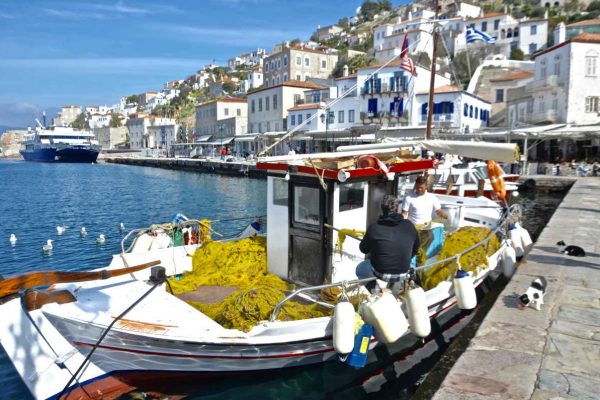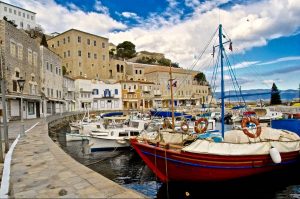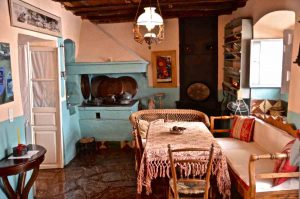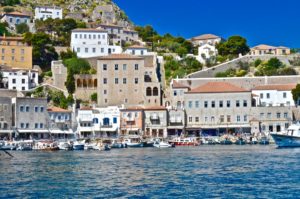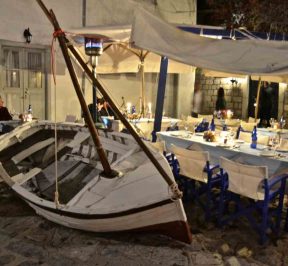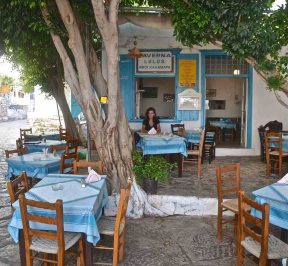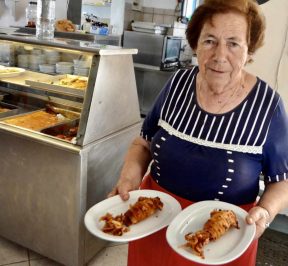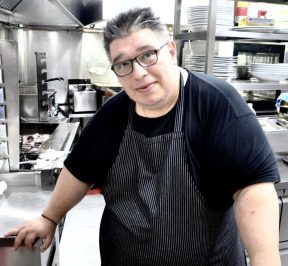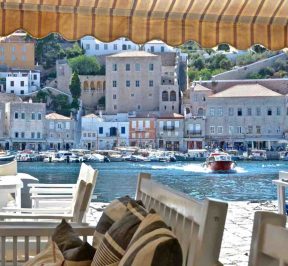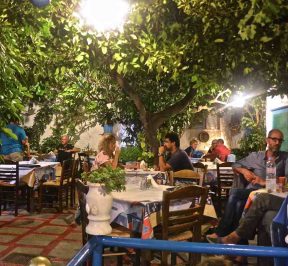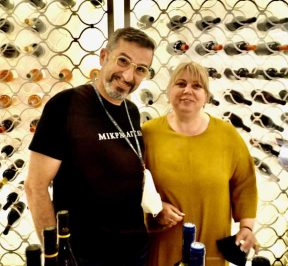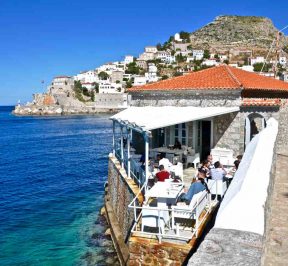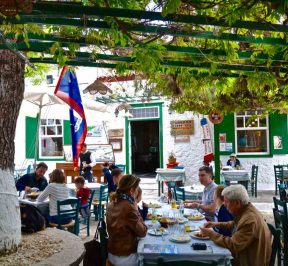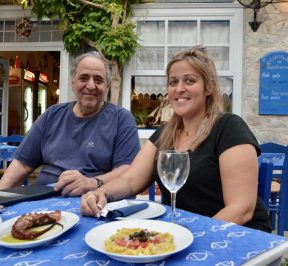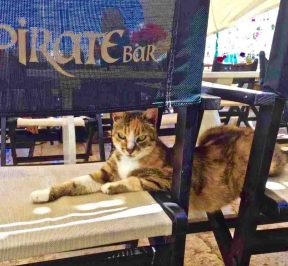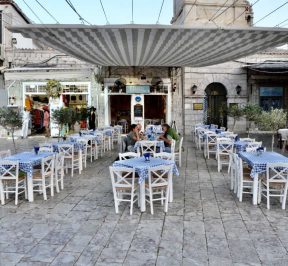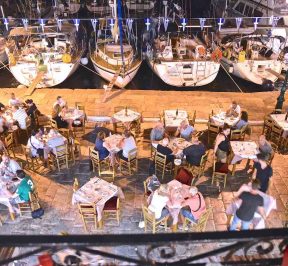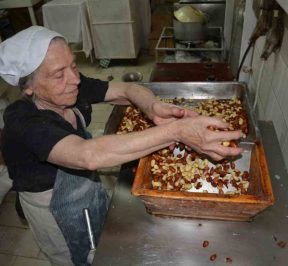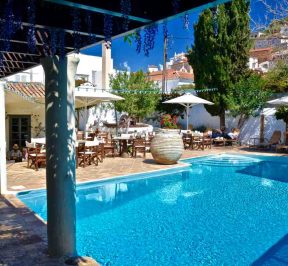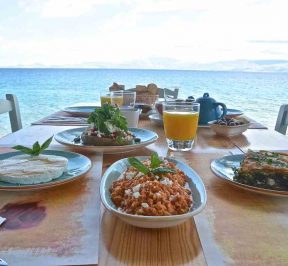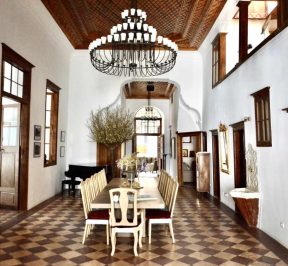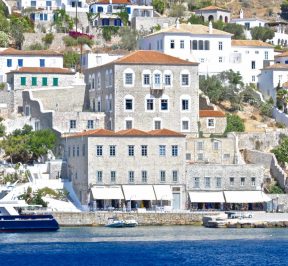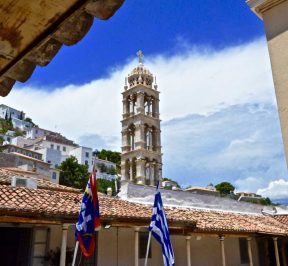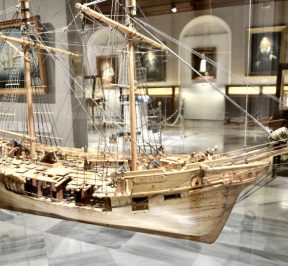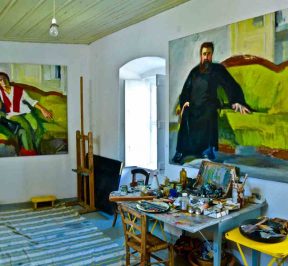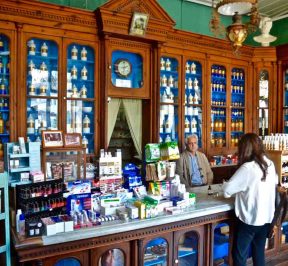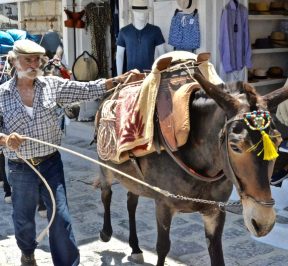Traditional Hydra Cuisine
Despite her name Hydra due to plenty of water gushing from the rich springs of antiquity, the descriptions of 17th and 18th century travelers who visited the island, speak of a rocky and arid island. At the time of the first settlement, around 1460, by Christian Arvanite fugitives who left the Peloponnese due to persecution by the Muslim conquerors, Hydra still retained its dense vegetation.
The need to create arable land for the survival of the population, logging to build boats in the early 18th century, and fires to create pastures greatly reduced forest areas and caused a desertification. As the island's population grew, its inhabitants, apart from agriculture and animal husbandry, engaged in fishing and maritime trade. Their first movements took place on the opposite shores of the Peloponnese, then they improved their boats and their naval experience, and in the 18th century they became diligent sailors.
In the twenty years 1780-1800 Hydra is at its greatest peak. Hydraulic sailing trucks (grain barges) transport from Misiri (Alexandria) Turkish-Egyptian cargo, mainly cereals, for the needs of the capital of the Ottoman Empire. However, many come to the island changing the Spartan life of the Hydraeans and their eating habits.
The products that came were legumes, cereals, acorns, rice, locusts in zeppelins (knitted sacks), figs in a bunch, butter in tulumia (goat skin bags), coffee, sugar, raisins in bags, oil in "gentekia" (beef bags leather), raki, rum and caviar in barrels.
Around the same time, the French traveler Antoine Laurent Castellan (1777-1838) was amazed by the variety of products that arrived in Hydra: oranges from Malta, aromas and coffee from Arabia, rice from Egypt, oil from Italy and Provence, dates from Asia Minor.
The simple diet of the early 18th century, on the tables of lords and shipowners, has become rich meals with elaborate dishes from East and West, starring oriental pilafs and sweets.
The Hydraean historian Mich. Gionis, mentions about Hydra of 1880: «The island produces little products, 44.000 kilos of barley, 4.000 ounces of oil, 4000 ounces of resin (used as a sealant for hydraulic ships, while before the revolution much was exported for the needs of the Turkish fleet), almonds, figs and cheese up to 1500 scales, and the inhabitants live mainly from shipping (at that time from sponge fishing), which is their exclusive occupation, as has been the case throughout the past hundred years».
The diet of sailors on ships, throughout this period (as well as the time of the Revolution of 1821), remains the galette, the kavourmas made by the sailors' women from beef and placed in large barrels, the legumes and the salted cod.
In Hydra, while the housewives were cooking beans, chickpeas and lentils from the legumes, none of them made fava beans. For this reason there were favoritists, women from popular strata who on the street put a fire on a bench and in the tsoukali mixed the fava with a wooden spoon. Buyers paid five minutes for the spoon and filled their cup with as many spoonfuls of fava beans as they wished.
A material imprint of the intangible culture of gastronomy is plumbing kitchens - mainly of the urban houses - which were complex constructions and which are still found today in the captain's houses of Hydra, reminding of the old greatness. It consisted of a built-in bench and a built-in bubble above it to let the steam escape. On the counter were the so-called stoves - the fireplaces - which operated with wood and charcoal and each had its own supply. Admire the cooking accessories but especially the luxury dishes that all come from the West.
In the 20th century, Hydra, especially after the Second World War, went through days of poverty, because the sponge trade collapsed, and only when the tourist development began in 1960, the place regained its value and the locals some considerable income.
Nowadays Hydra produces almost nothing and most of its food is supplied from Argolida and Piraeus. The gastronomic tradition and the price of the island are saved by the catches and especially the hydra squid, the cuttlefish, the octopuses and the sturgeon, while from the land, the famous are the aquatic macaroons (pears, sugarcane, spaghetti otherwise lalaggites (in the local dialect kiourlies) which was the easy and favorite dessert of Hydra. A simple dessert needed hashish flour (fine), yeast to puff up the dough, fry in olive oil and then pour over with thyme honey or petimezi. With the simple dough (water, flour) the gogles (the cranidi goggles) were made, hand-made pasta like clams, which was poured with simple fresh butter.
The traditional foods of Hydra that can still be tasted at home and maybe some of them in taverns of the island are the pies with sweet mountain greens, snails cooked with red sauce or stew, cuttlefish and squid with pilaf in their ink, red mullet or zarganes savoro, octopus cooked in the hydraulic way, kapama lamb and the food of the winter and the holidays which is the stuffed meat (beef), while for Easter the Moravian custom of the spit and the cook has prevailed, in contrast to the of the Aegean who traditionally make lampriatis or patoudos, who is a goat in the oven stuffed with rice and his liver chopped, while other Hydraeans again. baked goat in the oven.


